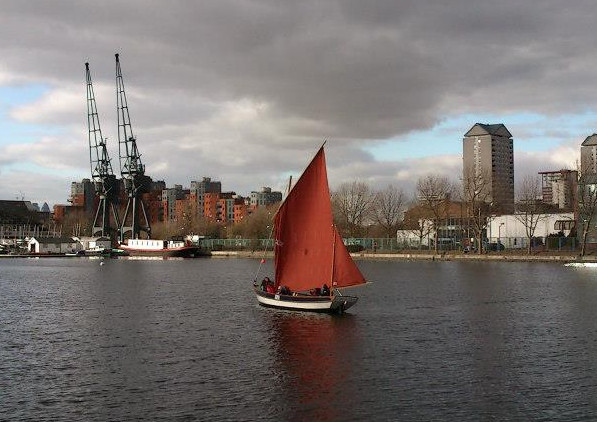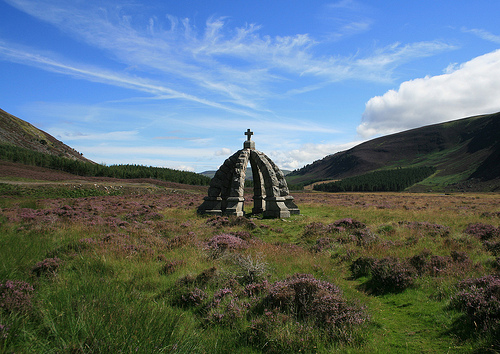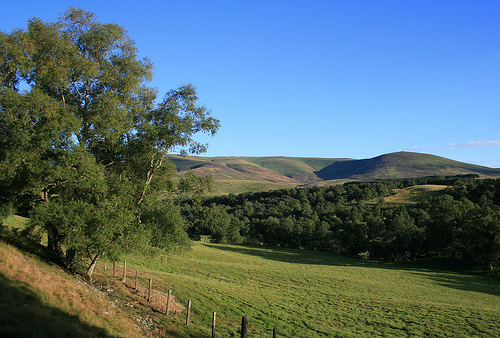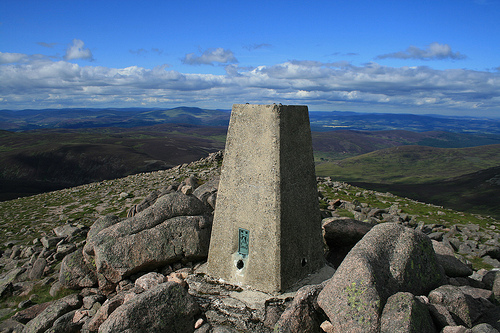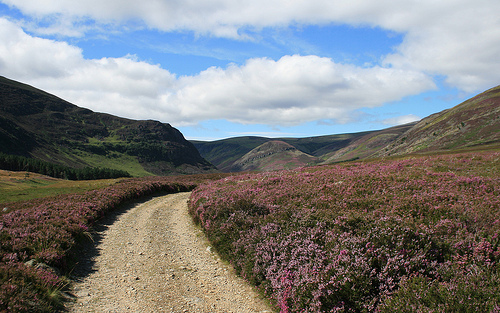The Tottenham Hale Gyratory is a road structure I know well – I pass through it regularly. It’s actually made up of two gyratories: a large one around Seven Sisters, and a small one around Tottenham Hale itself, connected like a “flywheel”:
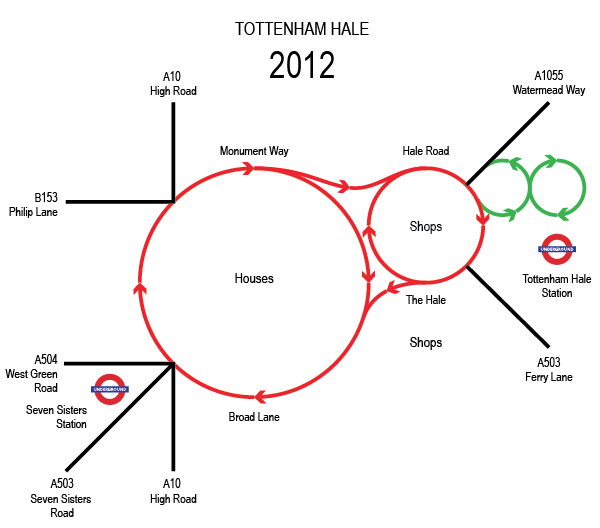
The “feeder” roads, all two-way, are shown in black. The one-way roads of the gyratory are shown in red, with an additional bonus couple of circles in green for the unfortunate buses visiting the bus station beside Tottenham Hale station. Having made it out of the main gyratories, they still have to “loop the loop”.
There are lots of problems with the design. Being a one-way gyratory, it pushes lots of traffic, from different origins and destinations, together. Traffic tends to hurtle along the single-way roads at speed. As such, it has always been an intimidating obstacle for both pedestrians and cyclists.
For example, people getting from the houses in the middle of the larger gyratory, to the northmost shopping area, or the station, have to cross a very strange road, where the traffic appears to be going on the wrong side of the road. What’s actually happening is this is where the two gyratories meet – or rather are only a couple of metres apart. As such, it is a confusing and unpleasant place if you aren’t in a car.
Recently, TfL has been working on replacing the gyratories with a more conventional layout. Last weekend, they made their main switch – completely removing the smaller gyratory, and making much of the larger one two-way. The remaining one-way section will also go two-way soon. The swirly bus station has also disappeared, and will reappear as only one circle, early next year. This is what it looks like now (including the soon-to-emerge bus station):
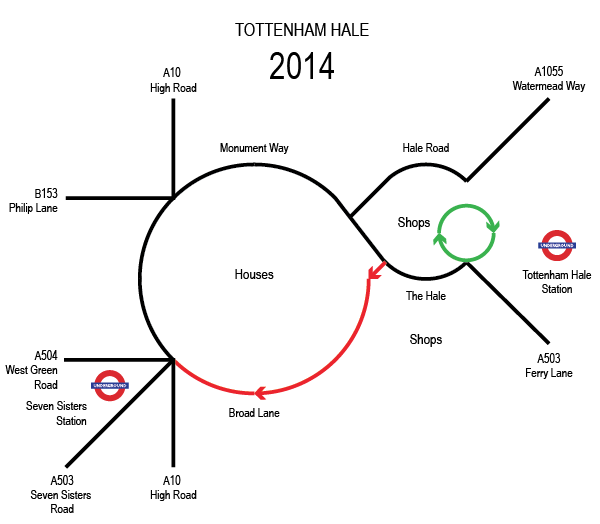
As you can imagine, the change has not gone down entirely smoothly:

Plenty of cars have ended up heading along Hale Road, to find no connection with Ferry Lane, resulting in U-turns galore and extreme congestion. Others, coming southwards from Watermead Way or High Road, are still aiming for Broad Lane – the resulting left/right manoeuvre making the congestion still worse.
I’ll not mention the seperate cycle network that mirrored the smaller gyratory and half the larger one, which has been completely dug up in the last week…
Posted partly to commemorate the passing of the twin gyratories of Tottenham Hale but mainly as an excuse to draw the diagram.





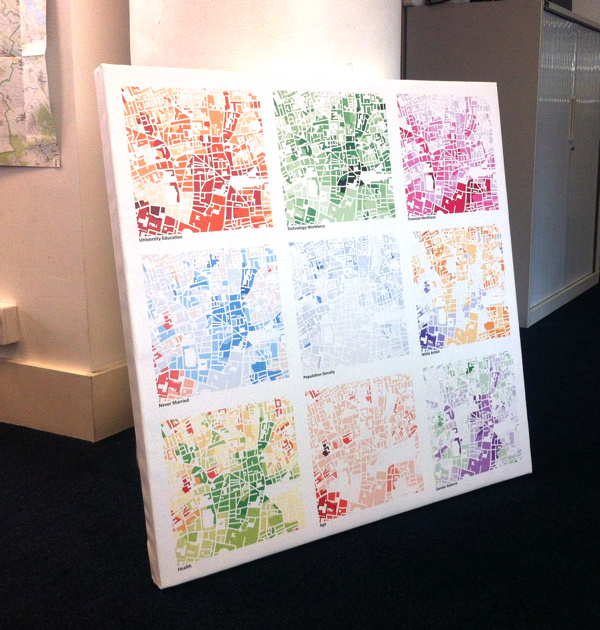
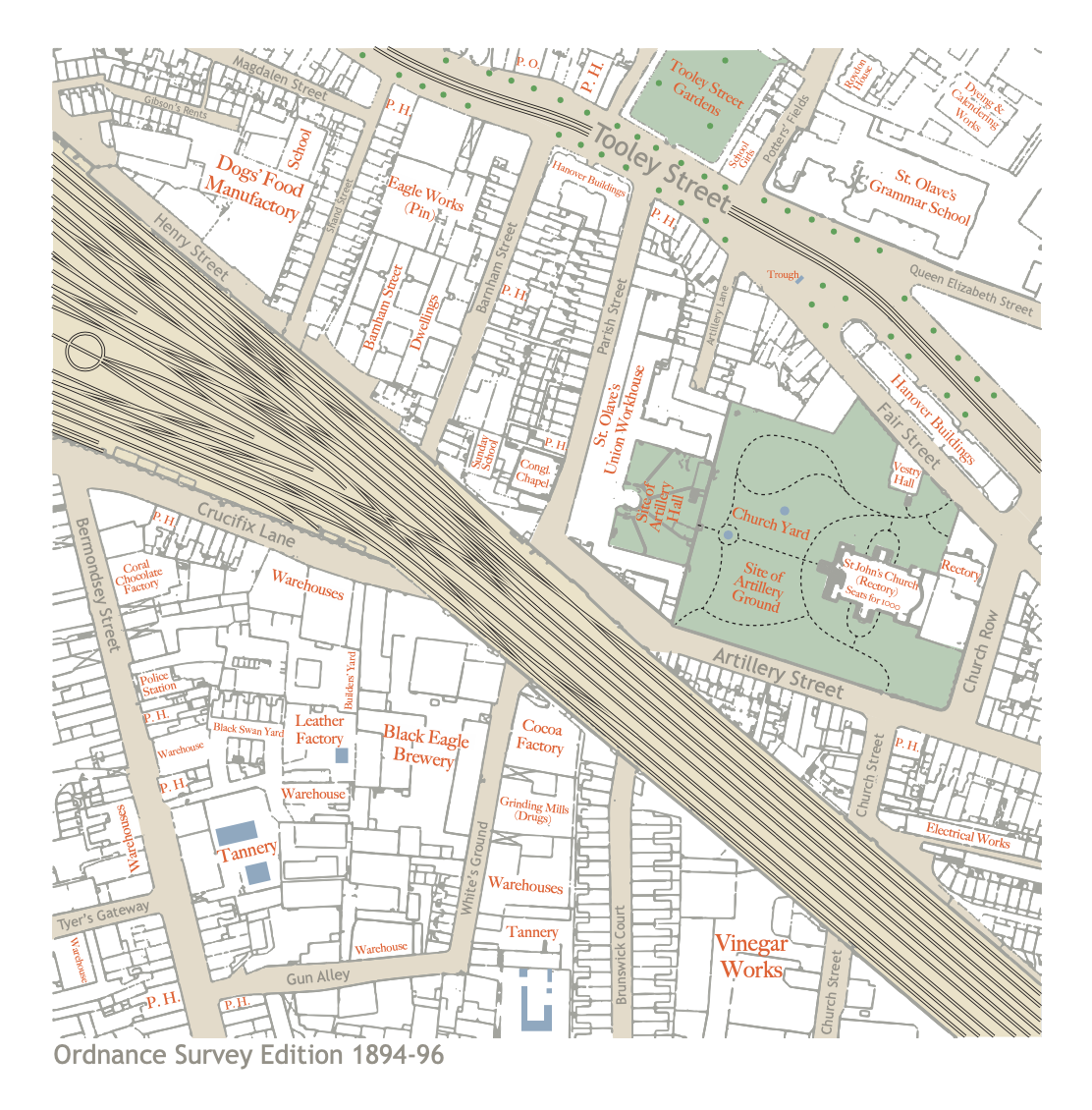
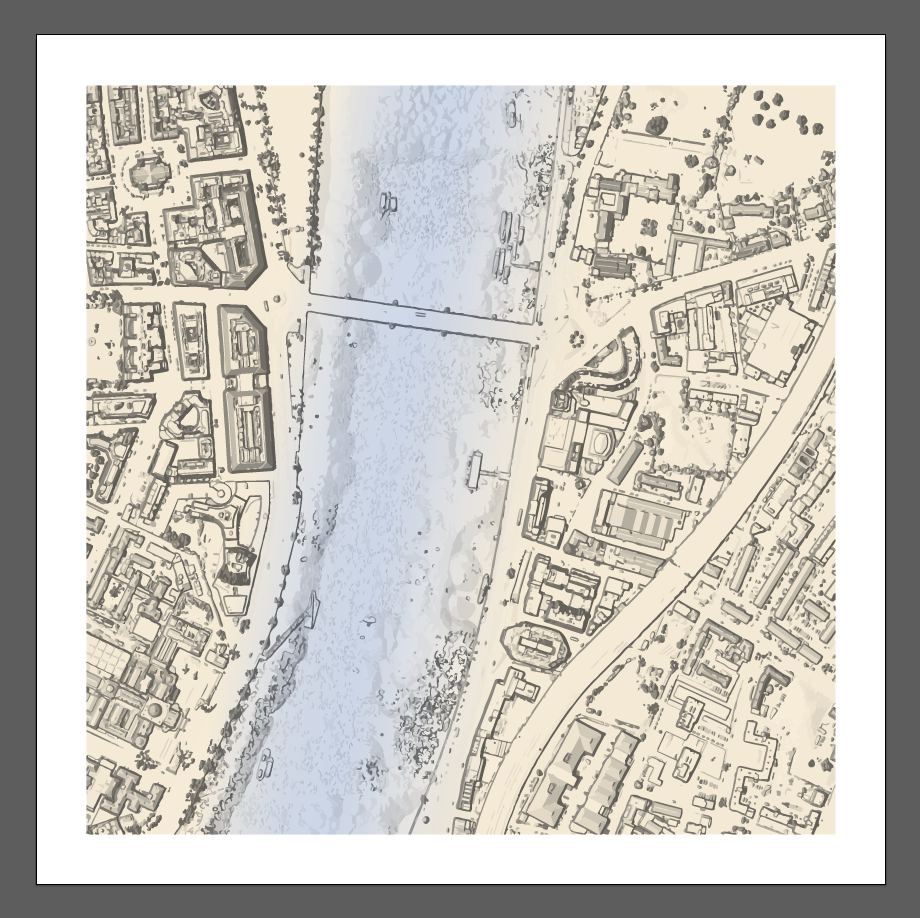
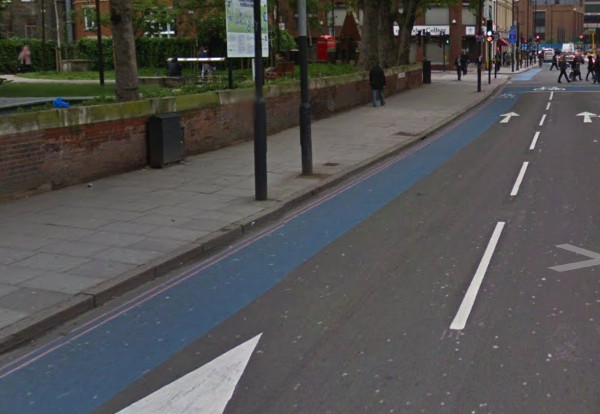
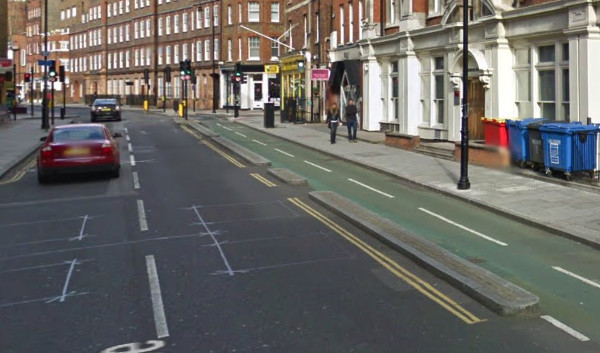
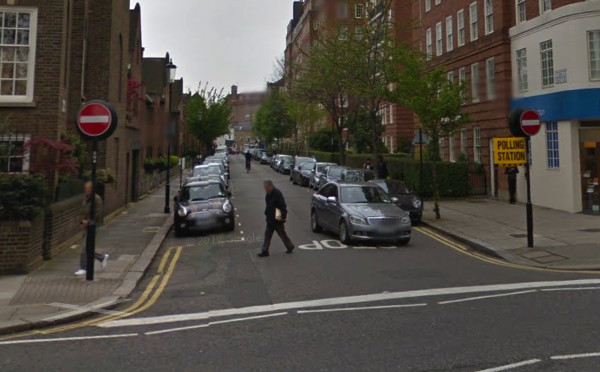
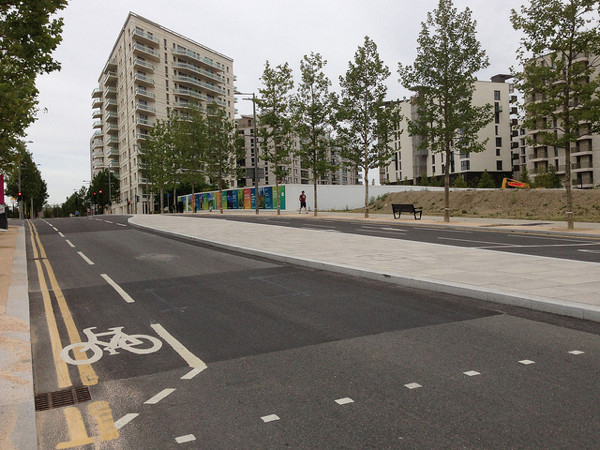
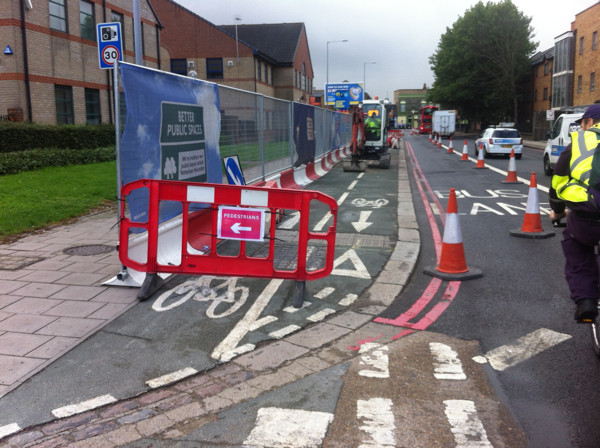

 Keynotes by the two top sponsors at the conference – the Ordnance Survey and the Met Office. Both sponsors knew who they were talking to, and pitched the technical level appropriately. At both organisations, the open source ecosystem is pushing in from the sides and slowly becoming a core asset. Both also have large open datasets ready for crunching in your open source GIS of choice.
Keynotes by the two top sponsors at the conference – the Ordnance Survey and the Met Office. Both sponsors knew who they were talking to, and pitched the technical level appropriately. At both organisations, the open source ecosystem is pushing in from the sides and slowly becoming a core asset. Both also have large open datasets ready for crunching in your open source GIS of choice.
 The
The 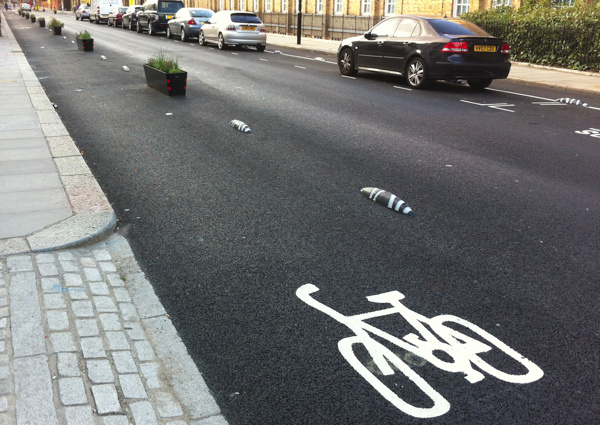

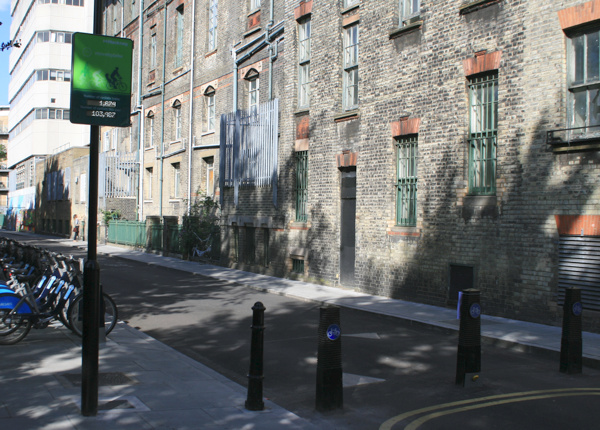
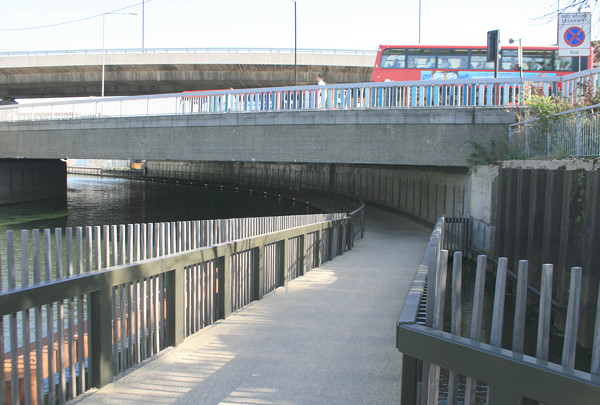
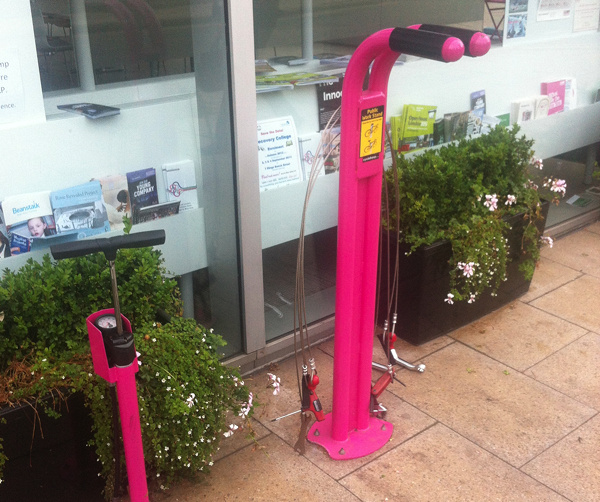
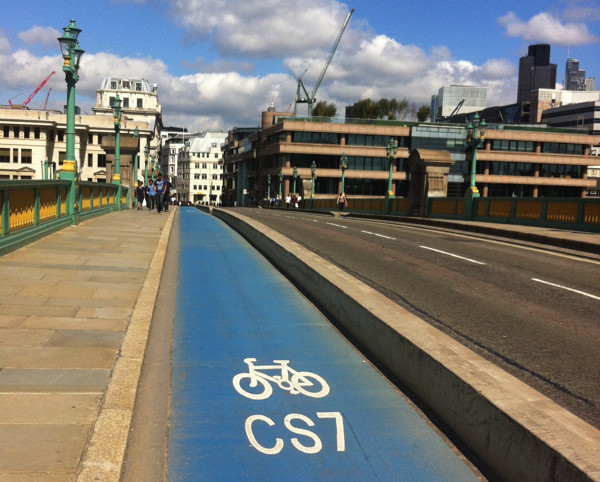
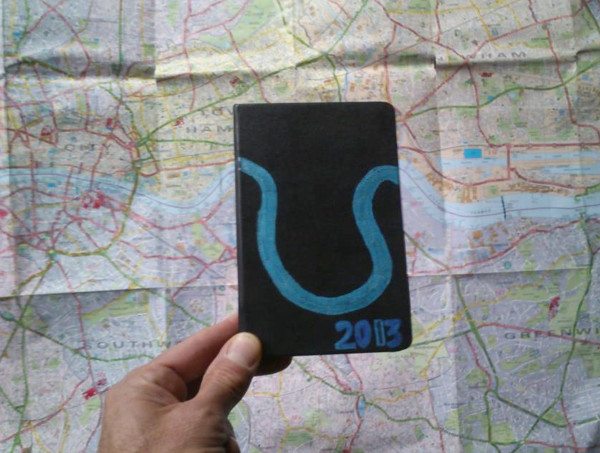
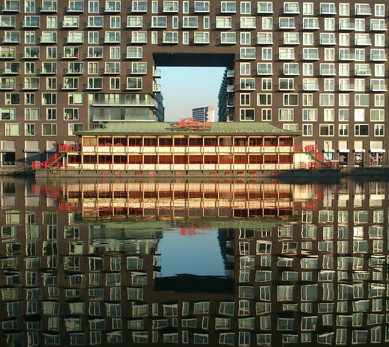 The map this year is huge – printed on RA3 sheets (slightly bigger than A3) at 1:5000, as for previous years – but this year’s map is back-to-back, with only a small amount of overlap between the two sections. The map was drawn by Remo Madella of Rem Maps, and I have been getting to grips with OCAD recently to make late updates to the map and position courses. Remo was good enough to take some nice “touristic” photos of the terrain as he moved through it, a few of which I have included here.
The map this year is huge – printed on RA3 sheets (slightly bigger than A3) at 1:5000, as for previous years – but this year’s map is back-to-back, with only a small amount of overlap between the two sections. The map was drawn by Remo Madella of Rem Maps, and I have been getting to grips with OCAD recently to make late updates to the map and position courses. Remo was good enough to take some nice “touristic” photos of the terrain as he moved through it, a few of which I have included here.